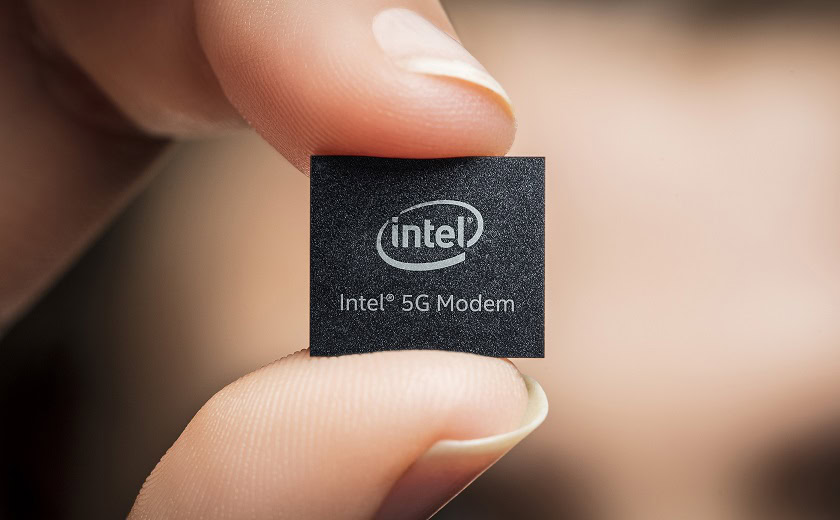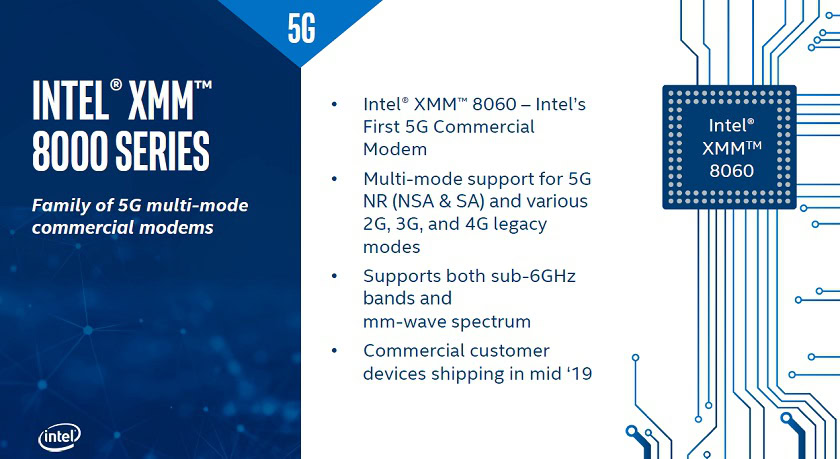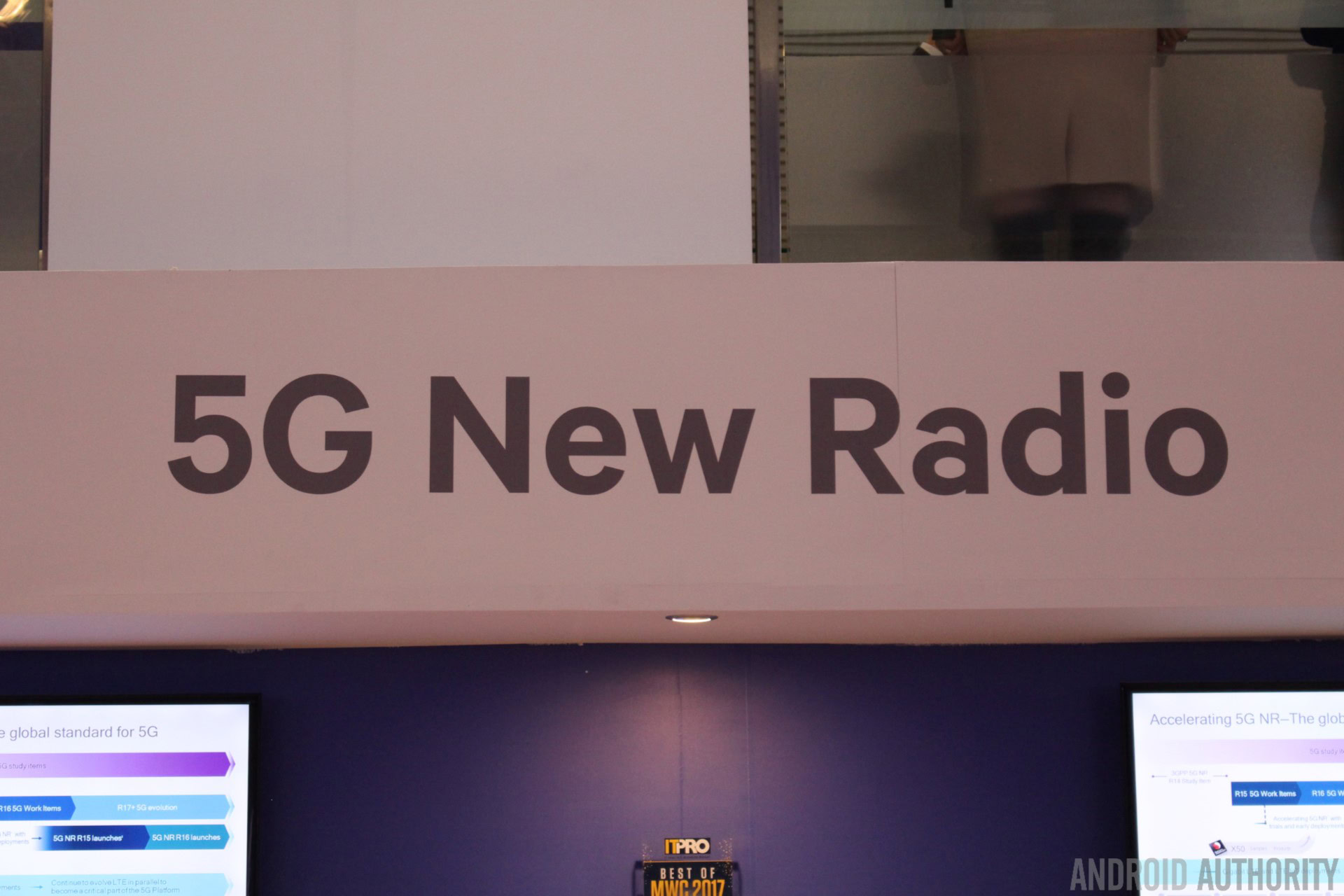Affiliate links on Android Authority may earn us a commission. Learn more.
5G battle heats up as Intel lays out plans

The development of 5G is presenting business opportunities not only for those building next-generation network technologies, such as HUAWEI and ZTE, but also for those designing components for future consumer and business products. Processor and modem packages for 5G products are just as important, and the big names in silicon design, including Qualcomm and Intel, are already laying out their plans.

Intel’s plan is to cater to its customers with 5G solutions from the cloud to the edge. Leveraging its experience in servers and its Xeon line-up of processors for cloud computing and big data, down to modem technologies for consumer products at the edge. Speaking of servers, Qualcomm appears to be taking a similar approach to providing a comprehensive range of solutions, having recently launched its Centriq 2400 server processor.
Although we in the mobile space may not come across Intel very often these days, the company has been hard at work testing and trialing 5G technologies with a number of partners. The company unveiled its first 5G silicon back at CES 2017 which it has now successfully trialled 5G calls with, and has been working with NTT DoCoMo and Ericsson as part of a new consortium to support self driving cars with 1Gbps data speeds, as just a couple of examples.
Today, Intel has unveiled more about its roadmap to help accelerate the adoption of 5G, which includes the announcement of its first 5G New Radio (NR) modem – the XMM 8060. This is the first in a range of modems that will make up the XMM 8000 family. In addition, Intel is shoring up its 4G LTE modem roadmap with the new XMM 7660. A Category 19 LTE modem capable of delivering up to 1.6 GBps download speeds.

Significantly, the XMM 8060 is Intel’s first commercial 5G modem. It’s a multimode device, with support for 5G New Radio in stand-alone and non stand-alone modes, along with 4G, 3G (including CDMA), and even 2G legacy networks. This is a particularly important feature for early 5G rollouts, as consumer products will almost certainly have to fall back to legacy networks to fill in coverage gaps. The 8060 supports sub 6 GHz and millimeter wave spectrum, both of which will be key in the rollout of 5G networks.
Intel says that its first 5G modem runs within a power budget that makes it suitable for a range of form factors. The company refused to be drawn on any specific device releases, but says that the chip is designed for use in laptops, home-gateway, automotive, and also smartphones. Intel expects the first commercial products powered by its 8060 to appear in mid-2019, shortly after the world’s first consumer 5G networks switch on.
Intel is committed to delivering leading 5G multi-mode modem technology and making sure the transition to 5G is smooth,Dr. Cormac Conroy, Intel corporate vice president and general manager of the Communication and Devices Group.
Of course, Intel isn’t the only company gearing up for 5G. Qualcomm already has its X50 modem, along with a proof of concept smartphone design to prove that the technology is viable in slim form factors. The two companies have both run various 5G trials on their modems, but Qualcomm appears to have an advantage in terms of time to market. The company anticipates that it will have its first 5G modem ready for consumer in 2018, ahead of Intel’s 2019 schedule.

Qualcomm already has a major advantage in smartphones, and it’s tough to see OEMs ditching Qualcomm’s SoCs with incorporated modems to adopt Intel’s technology. More worryingly for Intel is the looming introduction of Windows 10S laptops encroaching one of its biggest markets. The first generation of these laptops is expected to be powered by the Snapdragon 835, which isn’t 5G ready. But if the upcoming Snapdragon 845 comes equipped with a 5G modem, the second wave of these laptops could still hit the market with a built-in modem ahead of Intel’s roadmap.
Intel missed out of the integrated 4G LTE modem race with a series of products that launched well behind its competitors. With its Atom chips and SoFIA modems dropped last year, Intel appears to have abandoned any short term plans for the mobile market. However, the 5G revolution presents a new opportunity for Intel in connected consumer and enterprise electronics, and the company looks to be getting in early this time around.